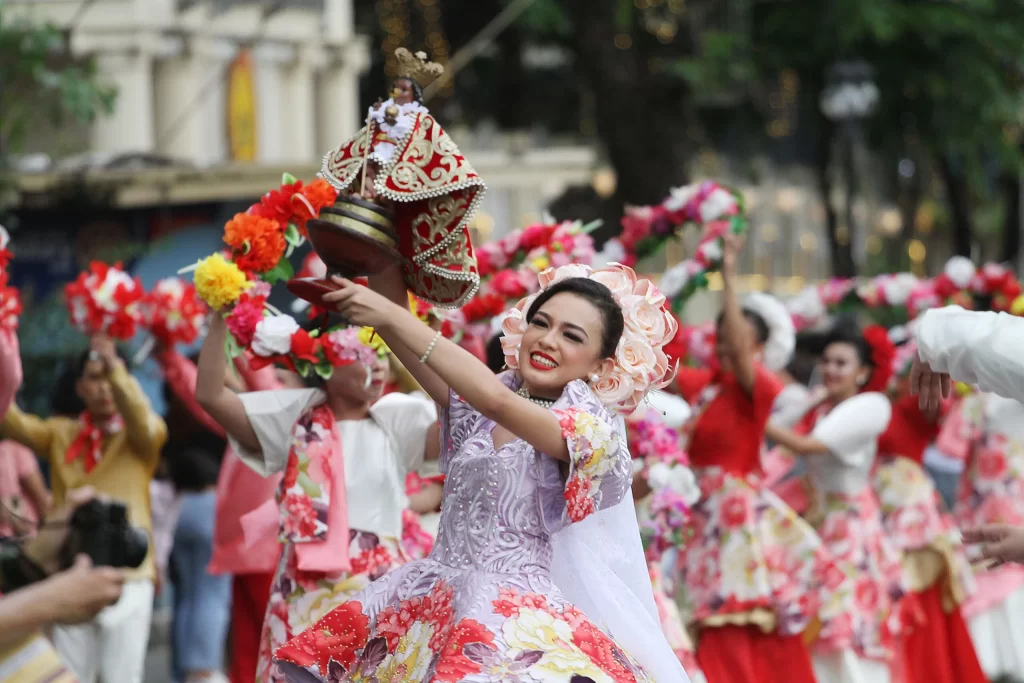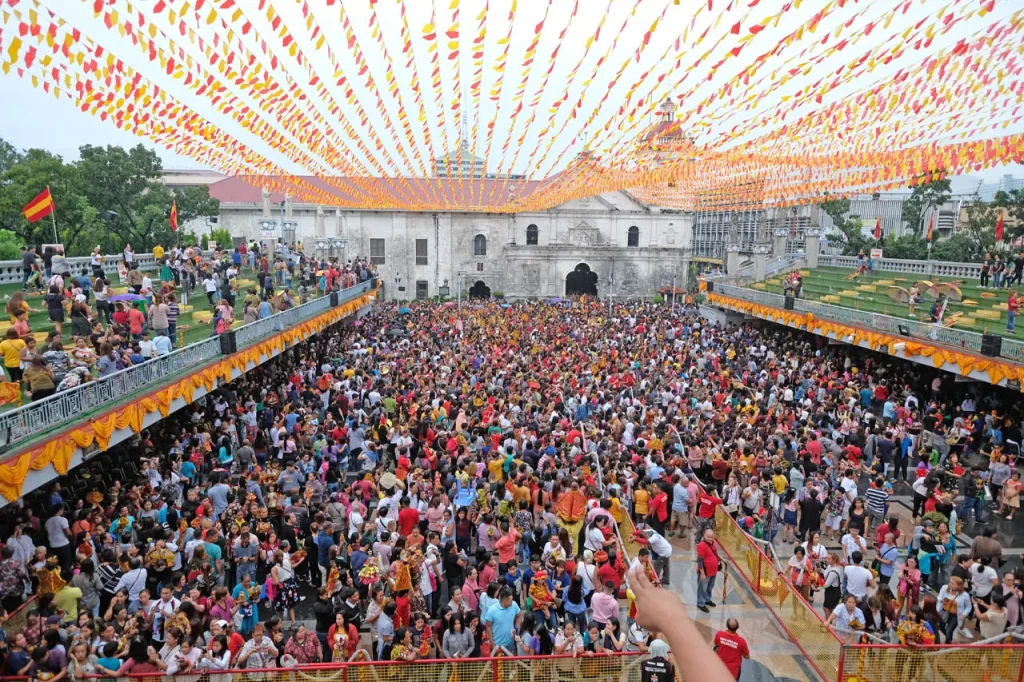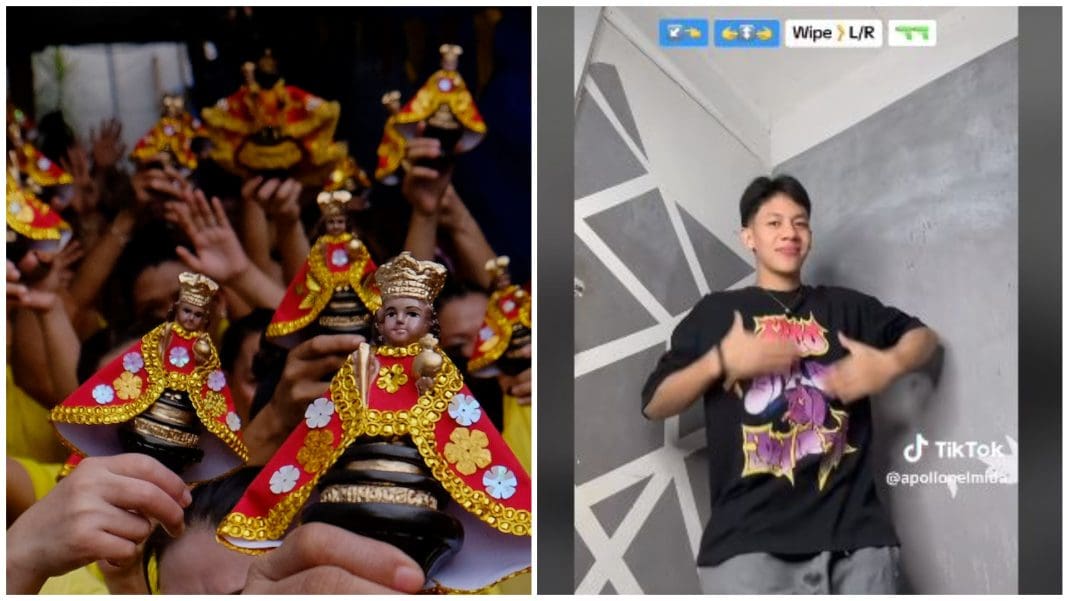Tiktok is a site, like many others, that picks up on what’s up and coming to turn it into a trend. This is the nature of social media, a general marketing ploy that generates revenue for content creators. Now that Sinulog is fast approaching, it’s no surprise that people are catching up.

Sinulog is a widely known festival, not just to Cebuanos, but across the nation and even outside of the country, leading international celebrities to come to Cebu City to know what it’s like to celebrate it. The festival started to be a highly religious one – the buildup being celebrated through a novena in Sto. Nino Church, processions and other forms of devotion. Its religious characteristic will always be inherent to it, no matter the times. But it is also clear how the festival has evolved so much more than that, being celebrated by a lot through raves and parties, far beyond the dance competitions and the street shows with people in costumes and a festival queen that holds a Sto. Niño statuette.

With modernity extending beyond real life into the online world, a recent Sinulog Tiktok dance has become viral. With any other kind of music, the dance community of Tiktok always makes usual Tiktok dance moves with a lot of arm and hand movements and minimal footwork, easy to follow to spark a trend. The Sinulog music turns out to be no exception.

A lot of devotees are calling out this trend, saying it is borderline blasphemous because of the sacredness of the Sinulog dance. The dance, just like a lot of religious practices even in pre-colonial Philippines, is an offering to a deity; a ritual-prayer dedicated to Sto. Niño. Netizens spoke against the trend, describing the dance moves as inappropriate and far beyond what Sinulog is all about.

Apollo Nelmida, the creator of the modern Sinulog dance, responded on Tiktok saying “Sinulog is a celebration for or dear Sto. Niño. There was a story when he was a kid and he is a very kind kid who likes to have fun so I guess there is nothing wrong about enjoying [the] [Sinulog] song (e.g. dancing and singing).”
The internet is currently in a frenzy, with devotees criticizing the new generation for always feeling the need to make everything modern, while others are defending it saying that faith and the celebration of it are subjective and personal.

With the debate still ongoing, the general population is at a divide, not arriving at a consensus regarding where to draw the line between the traditional practice of sacred rituals and its evolution.

